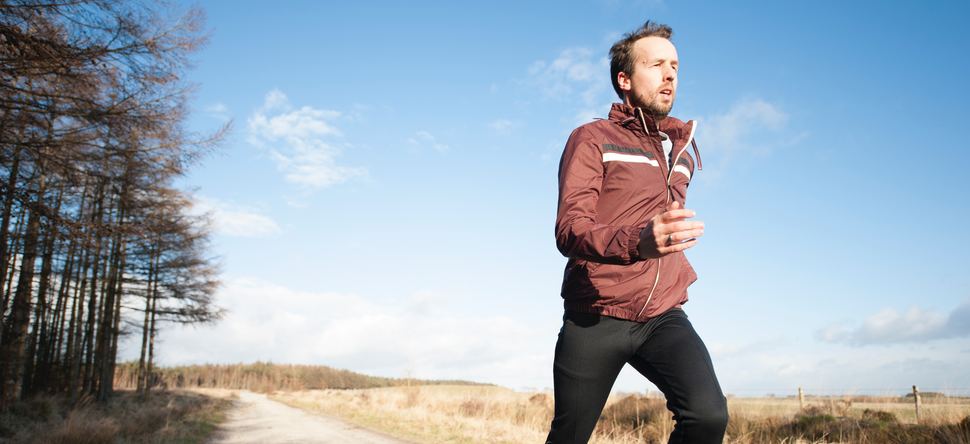
When the weather outside is frightful, it doesn’t stop fitness enthusiasts from outdoor workouts, so a sports medicine expert at Baylor College of Medicine has important tips for your cold weather workout gear.
“When the weather gets cold, exercising outdoors can be challenging,” said Dr. Theodore Shybut, assistant professor of orthopedic surgery at Baylor.
Shybut recommends to first check the weather conditions, forecast and wind-chill before heading out. He recommends dressing in layers to prevent injuries from the cold, such as frostbite. The layers will allow you to peel off clothing as needed to prevent overheating.
“Usually it is ok to feel slightly cold when you first step out. Once you’re actually exercising and warmed up, you’re going to generate a lot of heat, so you’re trying to find the right amount of clothing. You want to be warm enough so you’re not risking frostbite or any kind of cold injury. If you’re overdressed and you sweat excessively, it’s going to waterlog your clothing, which will make you colder as your sweat freezes,” Shybut said.
He recommends wearing moisture-wicking high-performance fabrics rather than cotton. Also be sure that your hands and feet are properly covered. In some weather conditions, be sure that your face and areas around your face, such as your ears, also are properly protected. A wind-resistant outer layer is ideal, and if it is raining or snowing, wear a breathable outer layer that also is waterproof. Those who will be out for extended periods such as long marathon training runners or downhill or cross country skiers should consider packing an extra set of dry clothing, socks and gloves that they can change into quickly if needed and should always wear a hat.
If you start to sweat profusely and you feel like your clothes are soaked, it may mean that you are getting overheated and that you have on too many layers. If your extremities are going numb or stinging and you begin to lose feeling, this could be signs of frostbite, in which case Shybut suggests immediately going indoors to warm up.
Many people do not feel as thirsty as they normally would during cold weather workouts, but it’s important to remember that if you exercise, you’re going to lose fluid and you need to hydrate like you normally do.
Also keep in mind that terrain can be unpredictable in colder weather, meaning the ground may be slick or have ice on it. Shybut said to slow down and take extra precautions as you are changing directions or running on uneven ground. Make sure your footwear is appropriate for slippery conditions.
Additionally, sun exposure is intense at high elevations, so those who are skiing or snowboarding should wear sunscreen even if temperatures are below freezing.
Finally, since the sun rises later and sets earlier, you may be out in the dark. Wear reflective clothing and a safety light. You also may wear a headlamp to help see better in dark conditions.